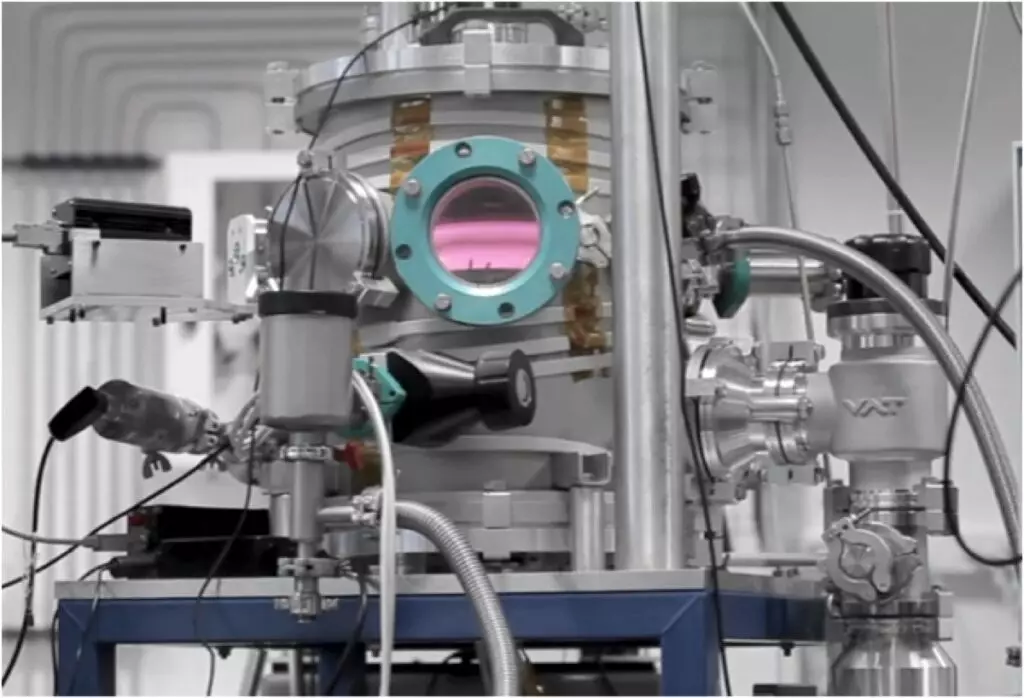
The largest satellite Saturn - Titan is one of the most curious places in the entire solar system and one of the most promising goals for life search. As on earth, there is a dense, rich in nitrogen atmosphere, clouds are spilled with rains, rivers flow into the deep seas. However, due to the large removal from the sun, the temperature in titanium is much lower, therefore, and the cloudiness is formed not with water, but with the simplest hydrocarbons - first of all methane.
Lifting into the atmosphere, it is mixed with nitrogen and other gases, and under the action of solar radiation, it comes to the reaction with them, forming a mixture of complex organic compounds - toolines. They are found on many bodies of an external solar system, on which methane ice, "decorating" by their orange-brown spots. Tiny drops of these substances are constantly charged in the Atmosphere of Titan, making it poorly permeable. It is believed that the "air" of a young land was similar before the first photosynthesizing bacteria began to change its composition.

All this attracts special attention to scientists to the titan atmosphere, although even a set of molecules forming her fogs are still poorly known. Scientists from the European branch of IBM managed to obtain them for the first time in the laboratory and establish the structure more than hundreds of complex tools, directly examined them with an atomic-power microscope. Specialists are reported in the article published in The Astrophysical Journal Letters, as well as on the official blog of IBM Research.
The authors of the work filled the steel tank with a mixture of methane and nitrogen, after which they stimulated the reactions between them using electrical discharges. The obtained gases were frozen and placed in a nuclear power microscope to obtain pictures with atomic resolution. This made it possible to find out their structure and trace many chains of transformations starting with methane. "Such structures are known for the fact that it is well absorbed by ultraviolet light, they write scientists. "This, in turn, means that the fog could protect against the radiation of the DNA molecule on the surface of the early Earth."
Source: Naked Science
